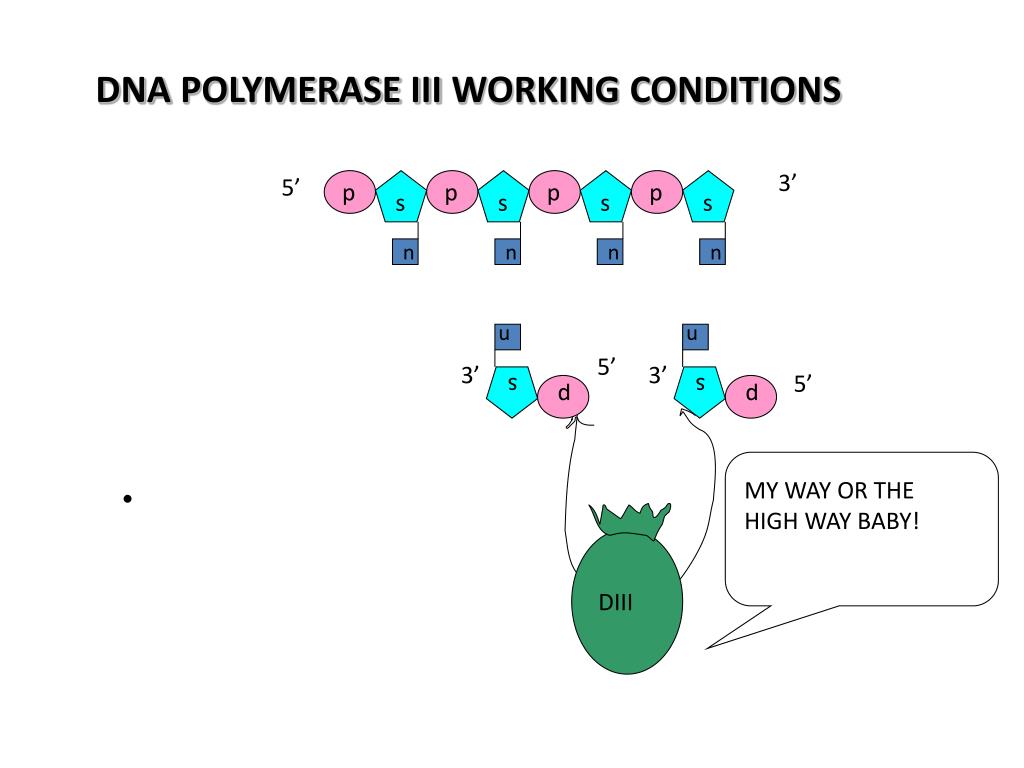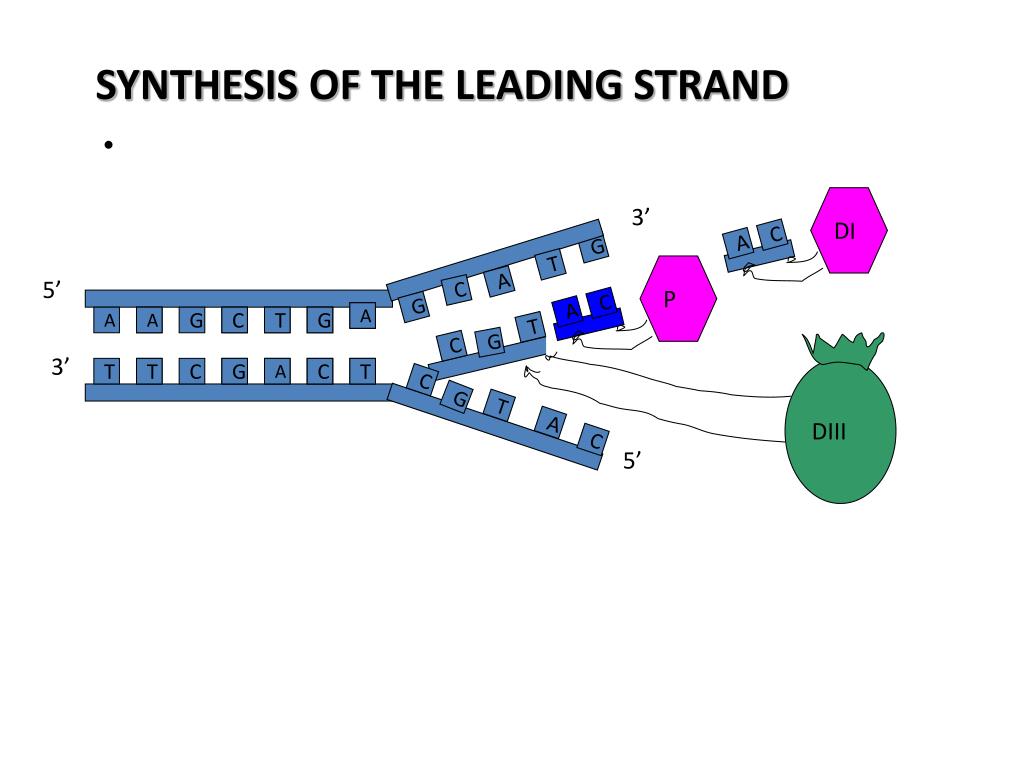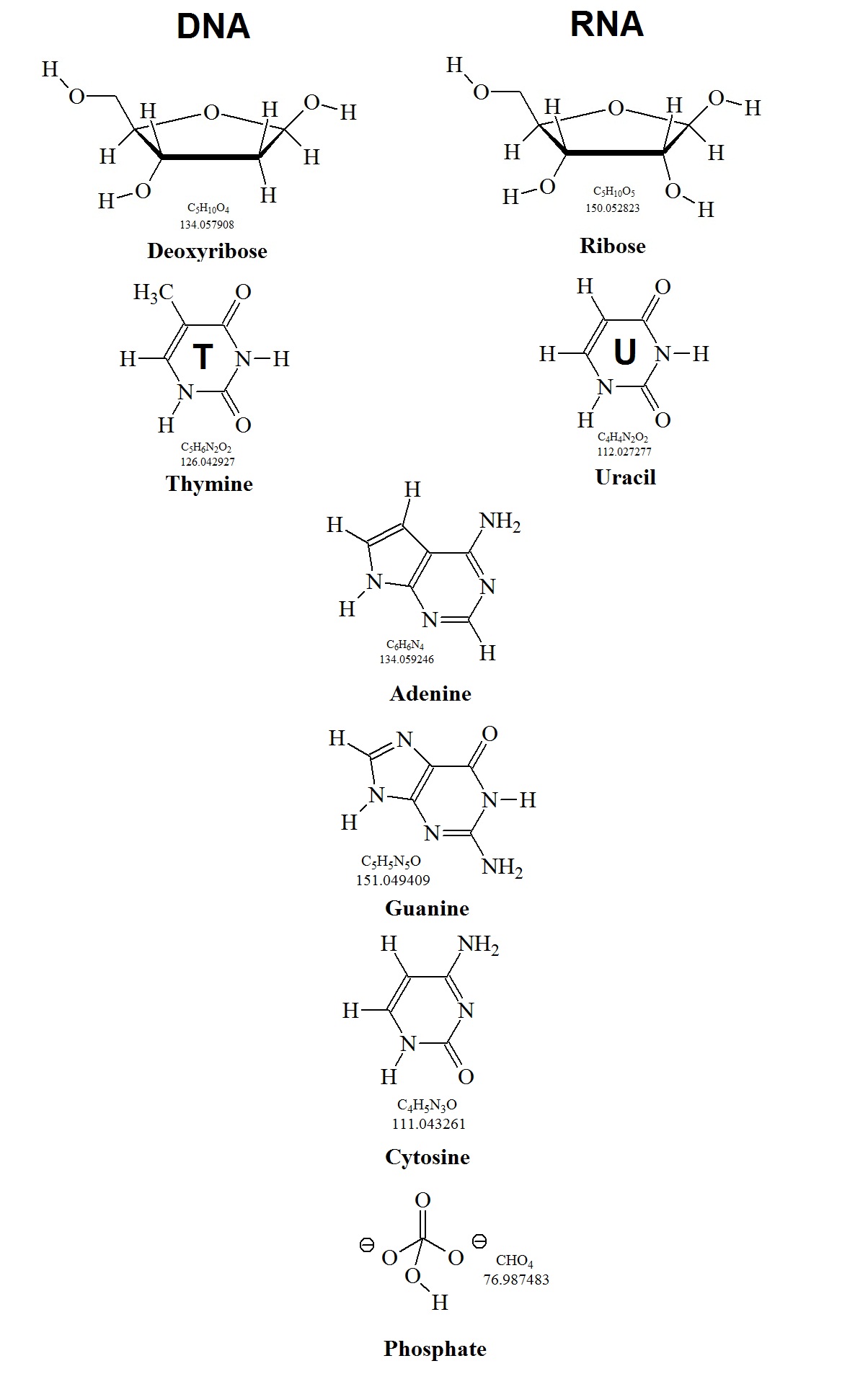


These systems are based on recombinases that recognize specific DNA sequences long enough not to occur by chance but short enough not to interfere with the function of the cloned elements. Several cloning systems are available for the transfer of segments between double-stranded DNA molecules that bypass the multistep protocols involving restriction enzyme and ligase reactions. The ability to assemble complex recombinant DNA molecules becomes increasingly important because biologists have begun to investigate systematically the functions of the many genetic elements identified in recently sequenced and annotated genomes ( Brasch et al., 2004 Hilson, 2006). All accessions can be requested via the same Web site. The structure and sequence of all described plasmids are accessible online at. To illustrate the flexibility of these core resources for the construction of a wide variety of plant transformation vectors, we generated various transgenes encoding fluorescent proteins and tested their activity in plant cells. We also took advantage of the MultiSite Gateway recombination sites to create vectors in which two or three genes can be cloned simultaneously in separate expression cassettes. They are interchangeable, fully documented, and can be combined at will according to the desired output. The genetic elements (parts) are designed in a standard format. This collection obeys simple engineering rules.

To streamline the construction of recombinant genes for functional analysis in plants, we have built a collection of 36 reference Gateway entry clones carrying promoters, terminators, and reporter genes, as well as elements of the LhG4/LhGR two-component system. The MultiSite Gateway cloning system, based on site-specific recombination, enables the assembly of multiple DNA fragments in predefined order, orientation, and frame register.


 0 kommentar(er)
0 kommentar(er)
